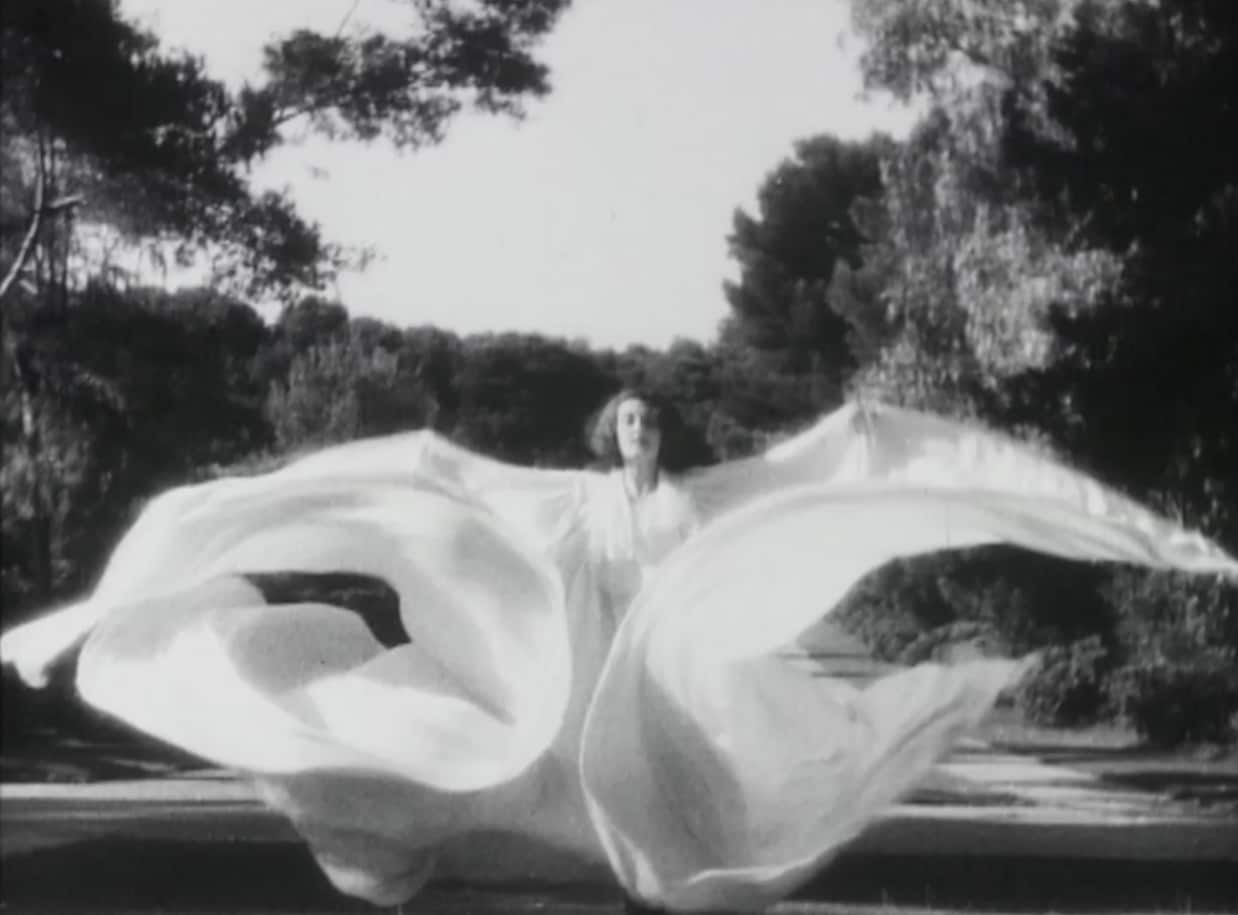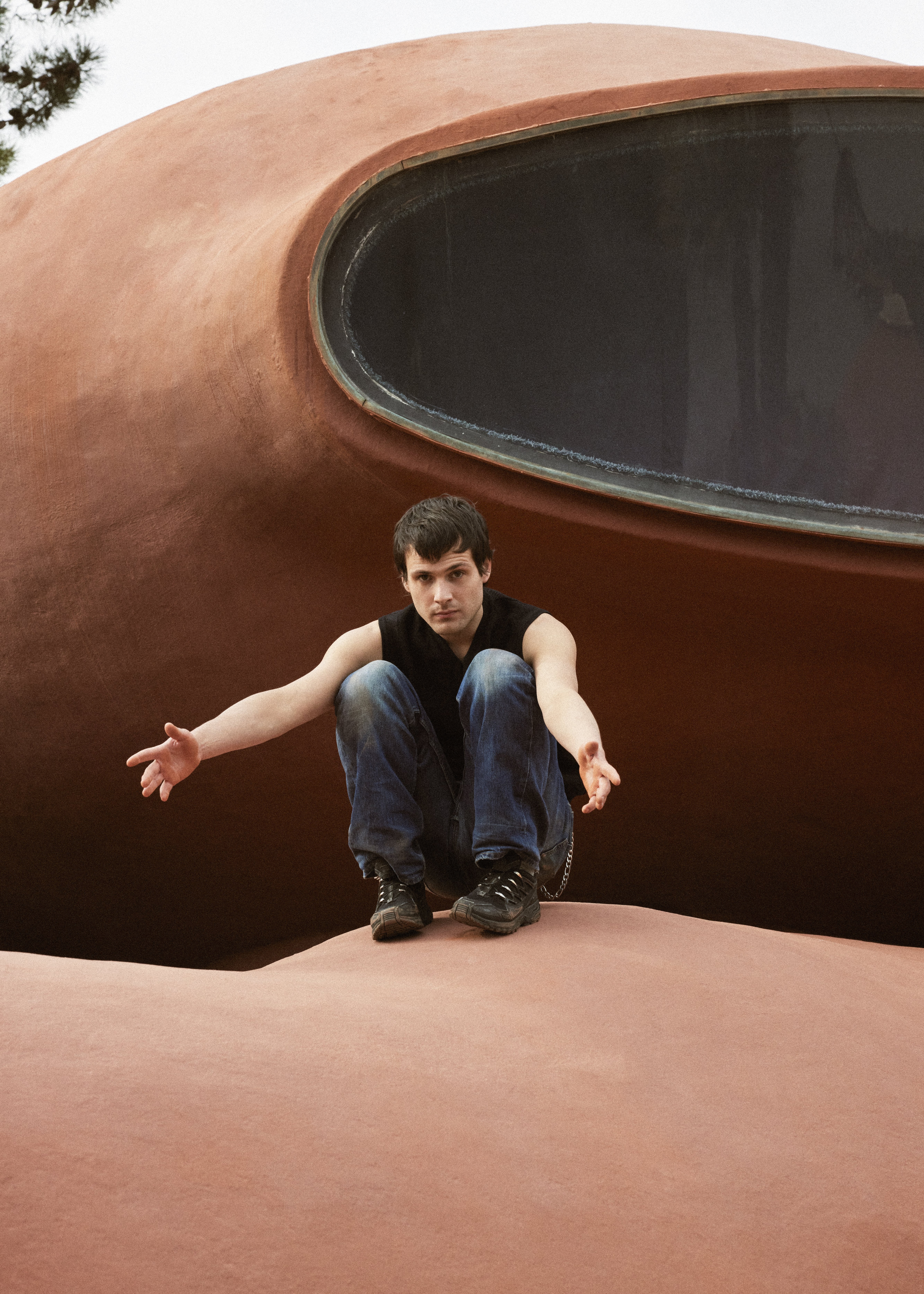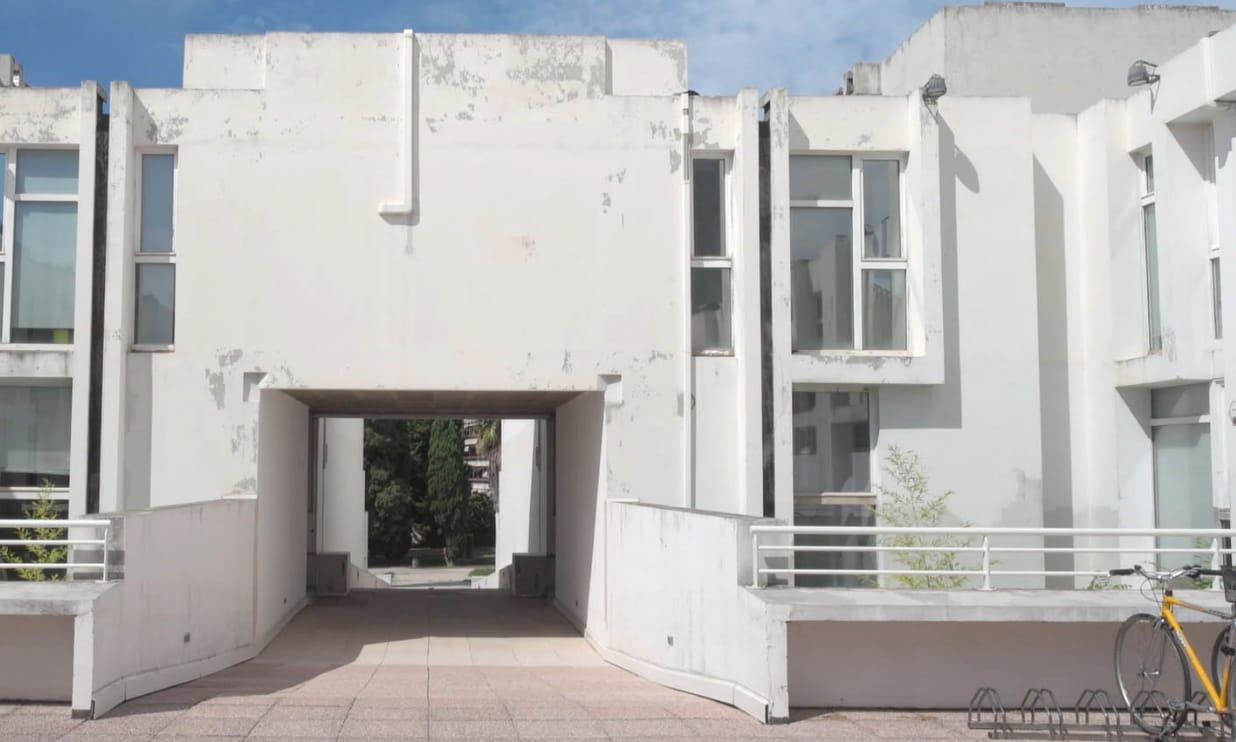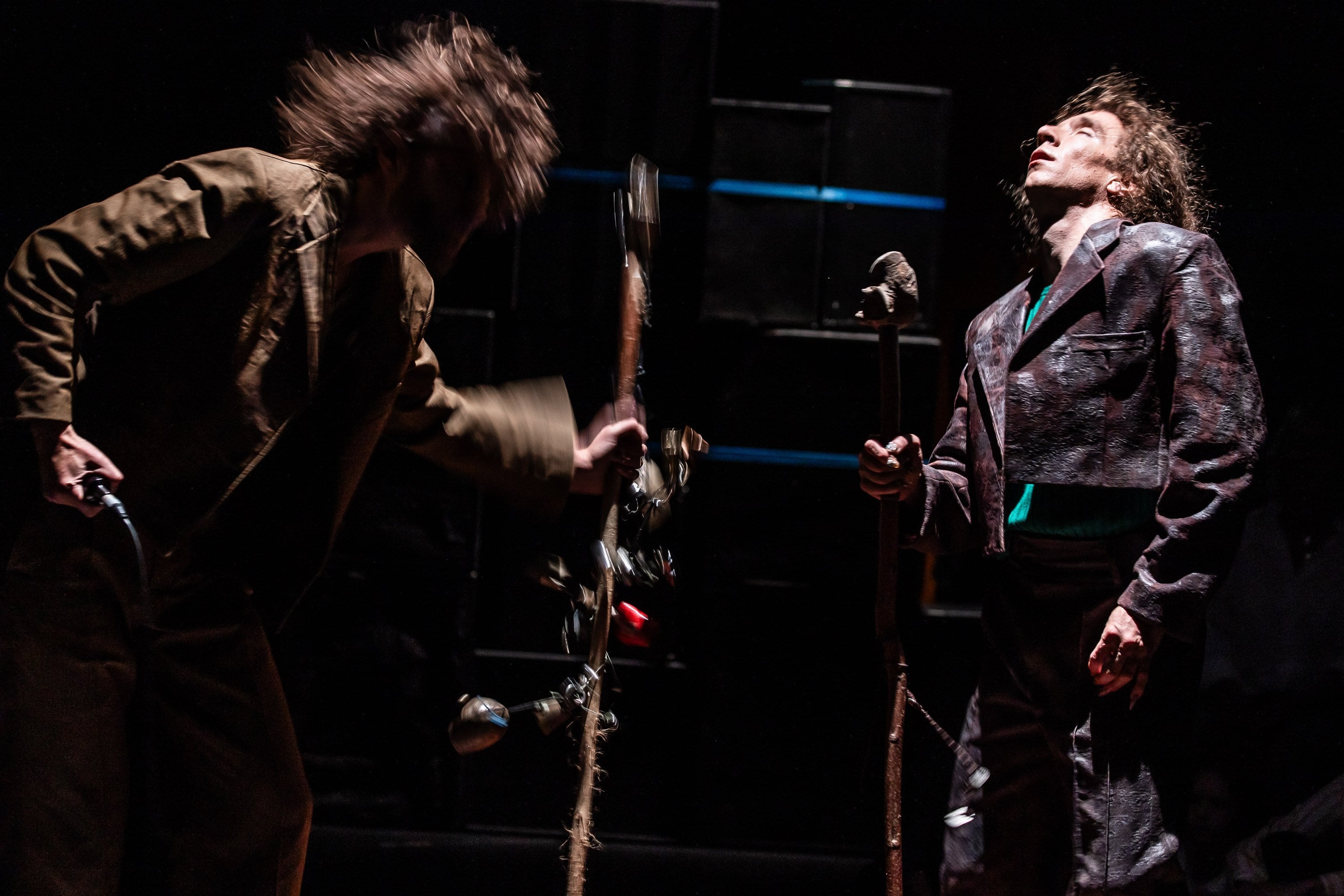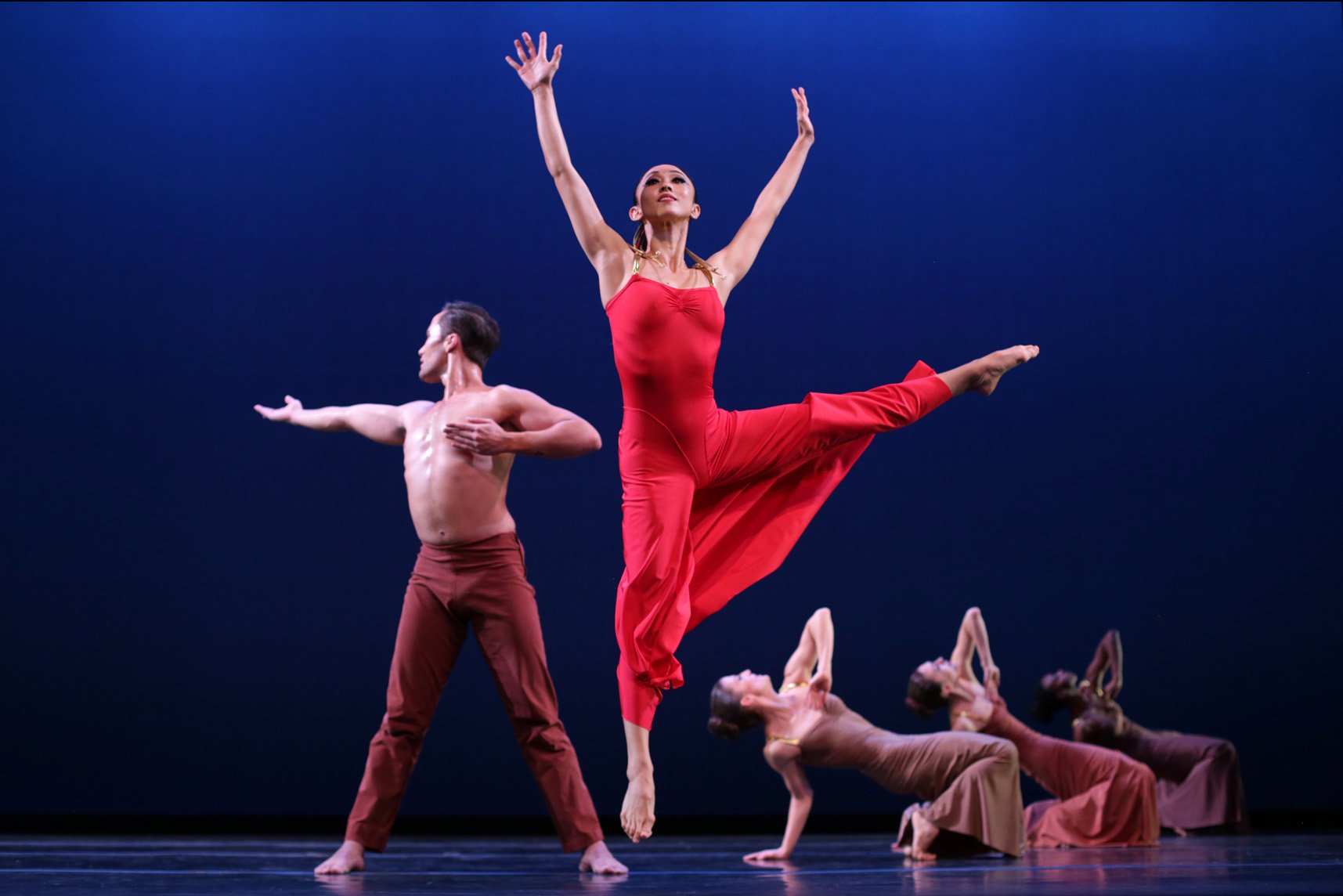What do the opera houses of Bordeaux, Lyon and Toulouse have in common? These “regional national operas” – as they are labelled by the French Ministry of Culture – all oversee a ballet company. So do the Nice Côte d’Azur Opera, the Avignon Opera and the Metz Opera, not to mention the Paris Opera. In all these cases, dance is under the administrative and financial tutelage of a musical institution – a situation that has sparked debate and even conflict, as this two-part investigation shows.
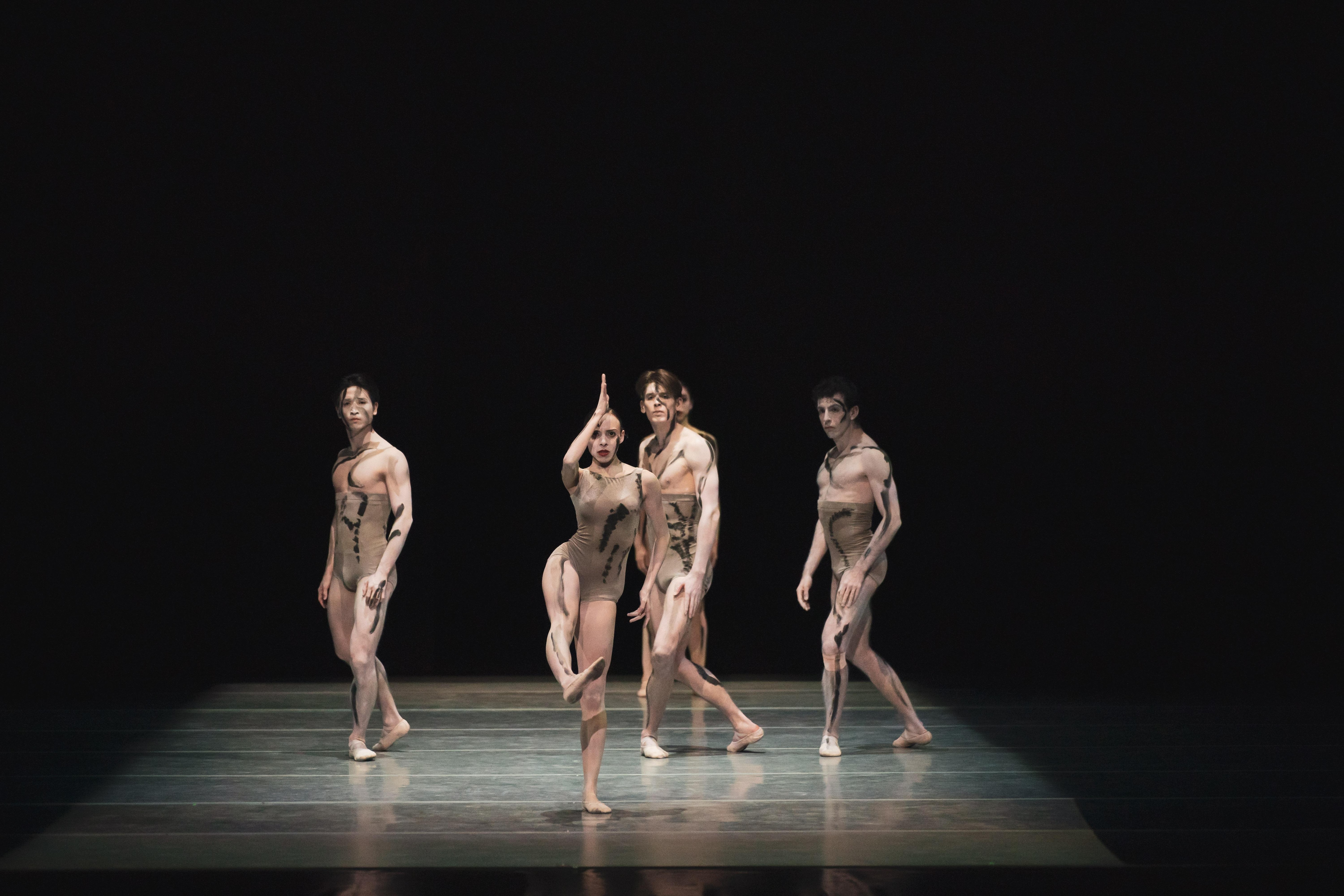
It was already thus in the 17th century. In 1672, eleven years after the birth of the Royal Academy of Dance, King Louis XIV created the Royal Academy of Music, and immediately placed dancers and ballet masters under the authority of the Opera. Three and a half centuries later, not much has changed, according to Bruno Bouché, the artistic director of the Ballet de l’Opéra du Rhin: “Ballet has always had to justify its existence. It’s a matter of power.” At a time when financial constraints are weighing more and more heavily on cultural institutions, this hierarchy feeds into the underlying fear, in the dance world, of being forever treated as a vassal – and a disposable one, at that.
To get a clearer picture, “it’s important to go back to basics”, says Brigitte Lefèvre, who led the Paris Opera Ballet from 1995 to 2014. Hiring protocols are the first point of contention. Laurent Vinauger, who is in charge of dance at the Ministry of Culture, says that even for “regional national operas,” “there is no clear-cut procedure” for the appointment of a dance director. Theoretically, the relevant DRAC (Regional Department of Cultural Affairs) – which represents the state at board meetings – must be informed that a position is vacant, take part in the search and agree to the final choice.
Reality looks a little different. According to Vinauger, the Ministry “wasn’t included” in the decision-making process for two recent, high-profile appointments, at the Paris Opera Ballet and at the Lyon Opera Ballet. In the case of Toulouse’s Ballet du Capitole, Vinauger had to “insist” for a DRAC representative to sit on the committee. As for opera houses with ties only to local authorities, the decision is left to them, in agreement with the general director of the institution – with local circumstances dictating which party has more of a say. An open call for applications is now frequent, but it still isn’t mandatory.
Within each institution, the balance of power between opera and dance is then rarely contractualized, relying instead on unspoken practices. “The ‘regional national opera’ label involves a number of missions in terms of production and creation, and one of them is to work with a dance company, but it’s very broadly defined,” says Emmanuel Hondré, the director of the Bordeaux Opera. “When it comes to our dance objectives, we simply have an obligation to present a minimum of three programs a year, including one new piece – for opera it’s five programs, one of them contemporary – and to contribute to developing the repertoire by commissioning new works.”
Vinauger says the prestigious label “is corelated to the presence of choreography,” yet deplores that the legal framework “isn’t ambitious enough.” The Lorraine and Montpellier Operas were granted the label despite the lack of in-house dance company – the former because they host the productions of the National Choreographic Center of Nancy, the latter because they co-finance the Montpellier Danse festival. In the eyes of Vinauger, “it’s necessary to clarify the place of dance” in that landscape.
In Bordeaux, ballet director Éric Quilleré confesses that he doesn’t know if there is any official, written scope for his position, and says he has relied on “existing practices.” Christophe Ghristi, the director of Toulouse’s opera house, has operated similarly. “The schedule and budget are designed to accommodate four dance productions a year, although that can still vary, and seven opera productions in which the ballet company sometimes takes part, like Les Pêcheurs de Perles this coming September.” Julie Guibert, who will leave her position as director of the Lyon Opera Ballet in August, mentions a “convention” renewed every three years, which states that the ballet company must perform “two new productions each season, as well as an evening’s worth of new work, which can be spread out over several programs,” in addition to revivals. In Mulhouse, the Ballet de l’Opéra du Rhin is also a National Choreographic Center, which, according to its director, Bouché, “gives the company a direct line to the Ministry of Culture.”
When it comes to opera houses run by local authorities, there are even fewer rules. The Nice Ballet, led by Éric Vu-An, schedules an equal amount of dance and opera productions, four each every year, according to its administrator Flavien Moglia. At the Avignon Opera, dance has found a second wind with the arrival of a new general director, Frédéric Roles, and the appointment of choreographer Emilio Calcagno as dance director. Calcagno presented four new pieces this season, including his own D'un matin de printemps, Édouard Hue’s Firebird and Hervé Koubi’s Bolero. Finally, in Metz, the ballet company is under the direct authority of the director of the Opera, Paul-Émile Fourny. Since his appointment in 2011, Fourny has made it his mission to go from one to three dance programs every season. “We’re rebuilding our repertory,” he says, “with pieces from a range of choreographers, which have toured in France and abroad.”
Directors on both sides agree that the dance-opera partnership within opera houses is mainly driven by personal rapport between representatives from the two art forms – which can be short-lived. The larger issue that often looms is the budget. Controlling the financial resources allocated to dance, as Lefèvre notes, determines whether a ballet director can make his own artistic choices and work with a sufficient number of dancers. The second part of this investigation, in the next issue of CN D Magazine, will delve into the nitty-gritty of budget negotiations – and show that the onus is again on individual directors to handle in-house power dynamics.
Infos
Opéras nationaux en région
Photo: © Pierre Planchenault
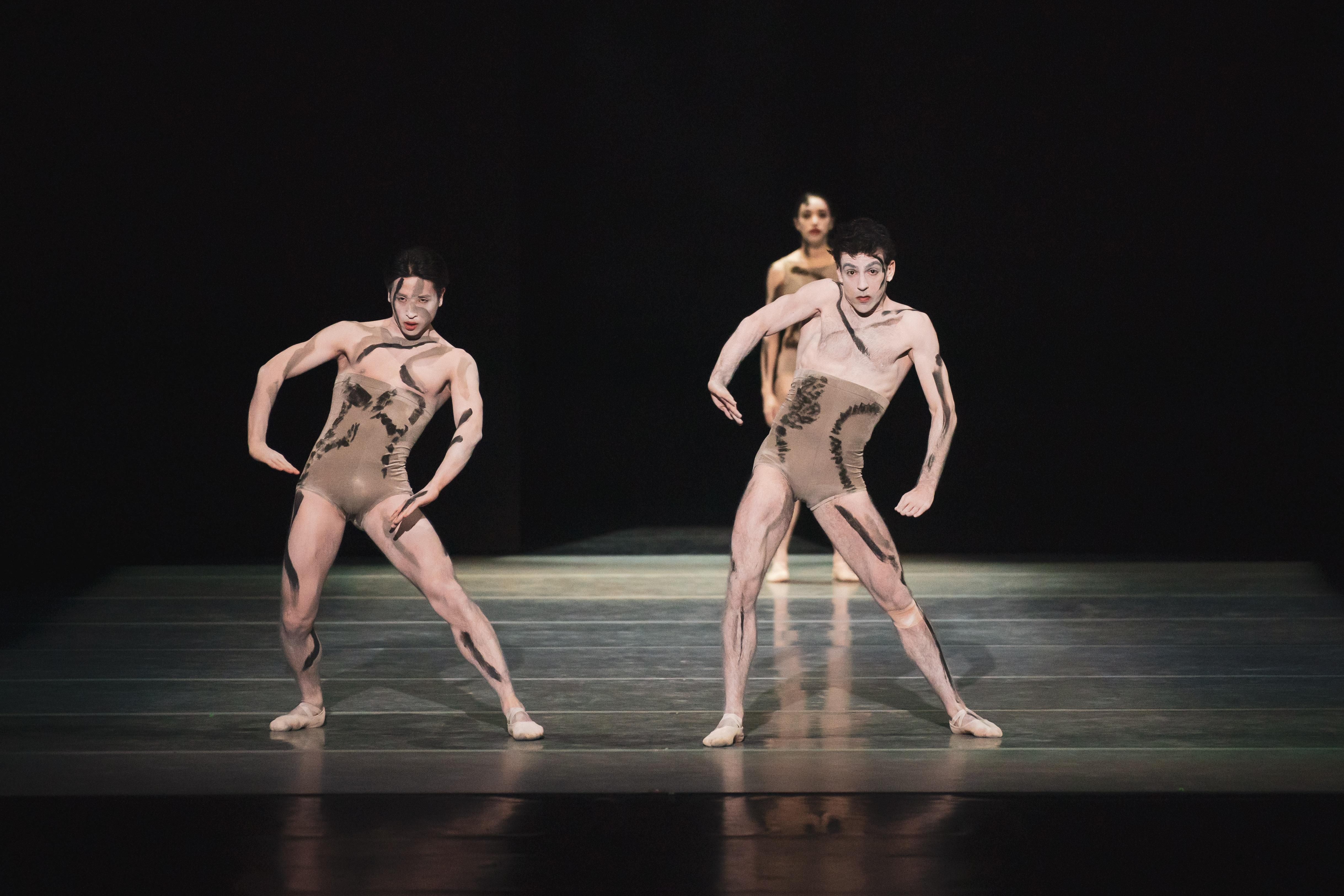 © Le Ballet de Bordeaux dans Sad Case de Sol León et Paul Lightfoot ©Pierre Planchenault
© Le Ballet de Bordeaux dans Sad Case de Sol León et Paul Lightfoot ©Pierre Planchenault
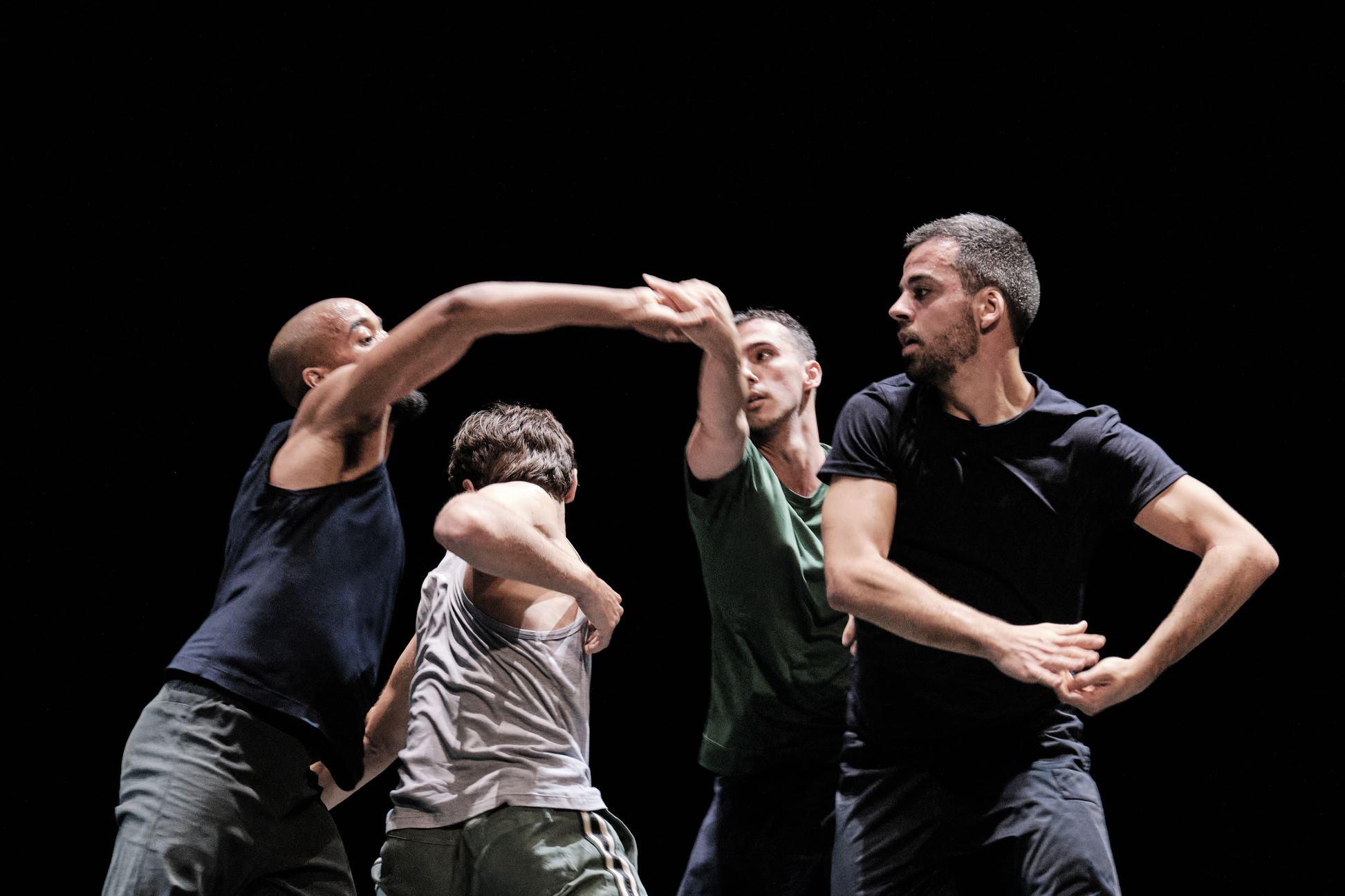 © Le Ballet de l'Opéra de Lyon dans N.N.N.N. de William Forsythe © Agathe Poupeney
© Le Ballet de l'Opéra de Lyon dans N.N.N.N. de William Forsythe © Agathe Poupeney
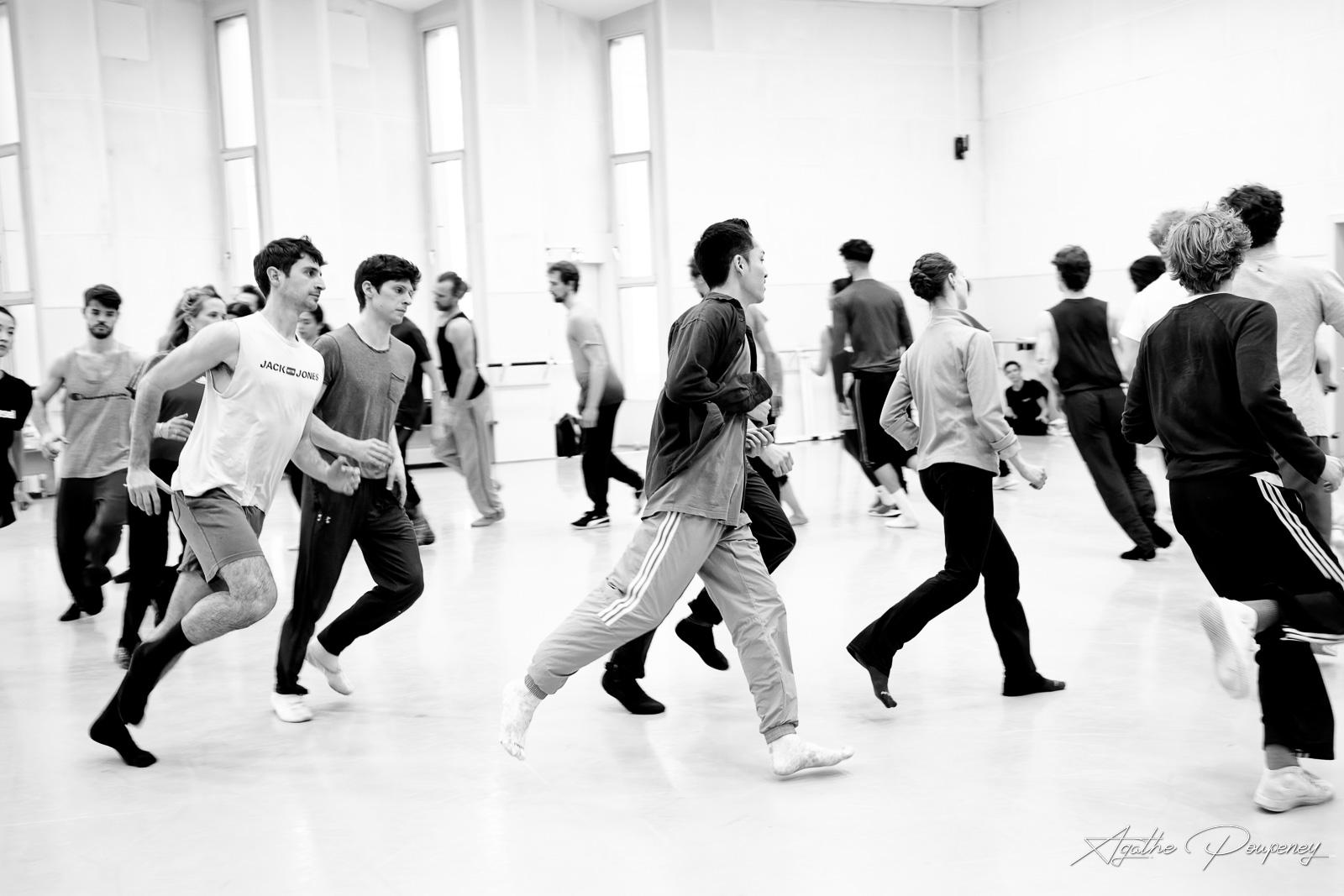 © On achève bien les chevaux de Bruno Bouché, Clément Hervieu-Léger et Daniel San Pedro - Ballet du Rhin © Agathe Poupeney
© On achève bien les chevaux de Bruno Bouché, Clément Hervieu-Léger et Daniel San Pedro - Ballet du Rhin © Agathe Poupeney

